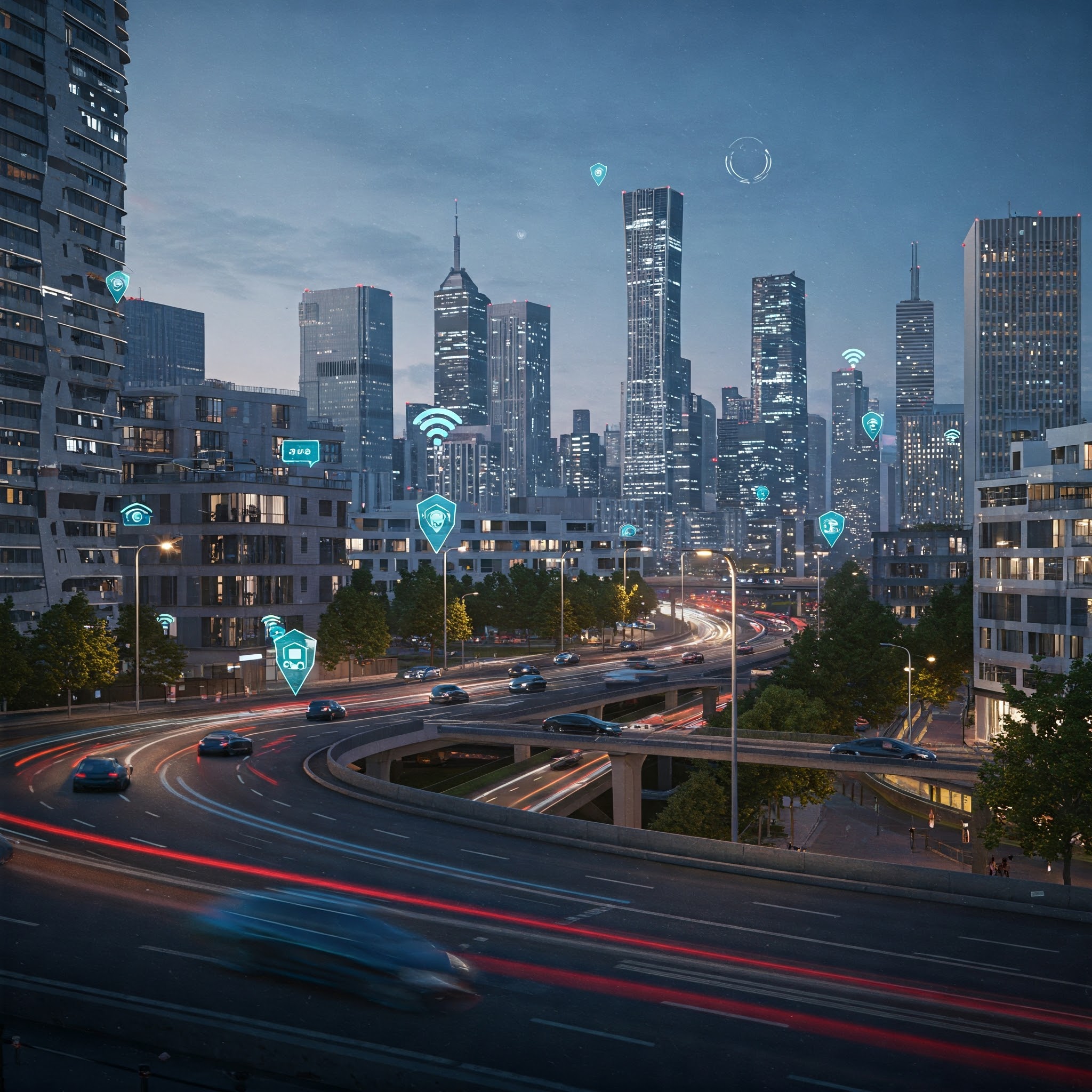What is IoT?
The Internet of Things (IoT) refers to a network of interconnected devices that communicate and share data in real-time. These devices range from smart home appliances and wearable technology to industrial machinery and connected vehicles. IoT is transforming industries by enabling automation, improving efficiency, and enhancing user experiences.
Introduction
The Internet of Things (IoT) is transforming the way we live and work. From smart homes and connected cars to industrial automation, IoT is driving efficiency, convenience, and innovation. As we enter 2025, advancements in AI, 5G, and edge computing are accelerating the growth of IoT, making it more secure, scalable, and impactful.
How IoT is Shaping the World
IoT connects billions of devices, enabling seamless communication between machines, people, and data systems. Some of the key areas where IoT is making an impact include:
1. Smart Homes & Cities
- AI-powered assistants controlling lights, security, and appliances.
- Smart grids optimizing energy consumption.
- Traffic management systems reducing congestion and pollution.

2. Industrial IoT (IIoT)
- Predictive maintenance reducing equipment failures.
- Automated production lines improving efficiency.
- Remote monitoring enhancing safety in hazardous environments.
3. Healthcare & Wearables
- Smart wearables tracking heart rate, glucose levels, and sleep patterns.
- Remote patient monitoring reducing hospital visits.
- AI-driven diagnostics improving healthcare outcomes.
4. Automotive & Transportation
- Connected vehicles improving road safety with real-time data sharing.
- Autonomous fleets optimizing logistics and delivery services.
- IoT-enabled parking solutions reducing congestion in urban areas.
Key Trends in IoT for 2025
With rapid technological advancements, IoT is evolving to become more intelligent and efficient. Some key trends include:
1. 5G-Powered IoT
Faster, low-latency 5G networks will enable real-time IoT applications like autonomous driving and smart city infrastructure.
2. Edge Computing Integration
Processing data closer to the source (edge devices) will reduce latency, improve response times, and enhance security.
3. AI-Driven IoT
Machine learning will enable IoT devices to self-learn, predict failures, and automate tasks, enhancing efficiency and reducing operational costs.
4. Enhanced IoT Security
As cyber threats grow, advancements in encryption, blockchain, and zero-trust architectures will help secure connected devices.
Challenges in IoT Adoption
Despite its growth, IoT faces some challenges that must be addressed:
- Security Risks: Increasing cyber threats to connected devices.
- Data Privacy: Handling vast amounts of personal and sensitive data responsibly.
- Interoperability: Ensuring seamless communication between different IoT platforms and devices.
- Energy Consumption: Optimizing power usage for battery-operated IoT devices.
Conclusion
The Internet of Things is revolutionizing industries and everyday life. As 5G, AI, and edge computing continue to evolve, IoT will become more intelligent, efficient, and secure. While challenges remain, the potential benefits of IoT in 2025 and beyond are immense, paving the way for a smarter, more connected world.
